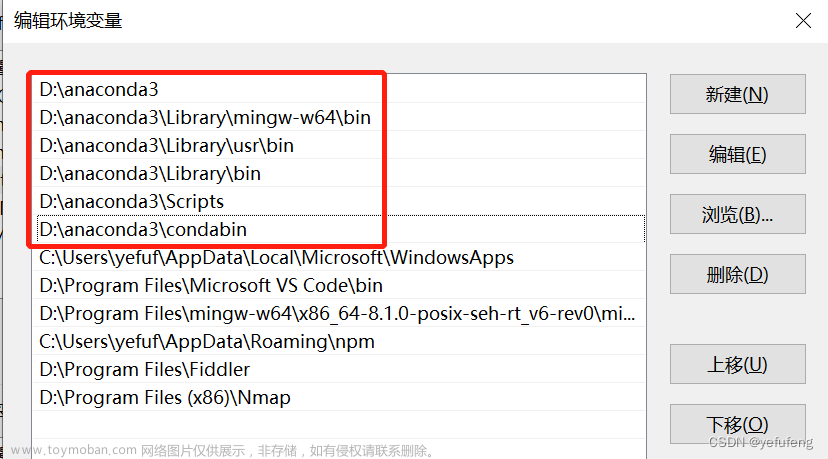你可以使用 Python 来训练一个 AI 来进行绘画。这里是一个基本的代码示例:
``` import tensorflow as tf
定义输入和输出的占位符
inputs = tf.placeholder(shape=[None, 28, 28, 1], dtype=tf.float32) outputs = tf.placeholder(shape=[None, 10], dtype=tf.float32)
建立卷积神经网络模型
conv1 = tf.layers.conv2d(inputs=inputs, filters=32, kernel_size=3, strides=1, padding='same', activation=tf.nn.relu) pool1 = tf.layers.max_pooling2d(inputs=conv1, pool_size=2, strides=2) conv2 = tf.layers.conv2d(inputs=pool1, filters=64, kernel_size=3, strides=1, padding='same', activation=tf.nn.relu) pool2 = tf.layers.max_pooling2d(inputs=conv2, pool_size=2, strides=2) flat = tf.layers.flatten(pool2) dense = tf.layers.dense(inputs=flat, units=1024, activation=tf.nn.relu) logits = tf.layers.dense(inputs=dense, units=10)
定义损失函数和优化器
loss = tf.reduce_mean(tf.nn.softmax_cross_entropy_with_logits(labels=outputs, logits=logits)) optimizer = tf.train.AdamOptimizer().minimize(loss)
定义评估指标
correct_prediction = tf.equal(tf.argmax(logits, 1), tf.argmax(outputs, 1)) accuracy = tf.reduce_mean(tf.cast(correct_prediction, tf.float32))文章来源:https://www.toymoban.com/news/detail-505264.html
加载数据并训练模型
with tf.Session() as sess: sess.run(tf.global_variables_initializer()) for epoch in range(num_epochs): for batch in range(num_batches): x_batch, y_batch = get_next_batch(batch_size) sess.run(optimizer, feed_dict={inputs: x_batch, outputs: y_batch}) # 每个 epoch 结束后,计算在验证集上的准确率 val_accuracy = sess.run(accuracy, feed_dict={inputs: x_val, outputs: y_val}) print("文章来源地址https://www.toymoban.com/news/detail-505264.html
到了这里,关于python训练ai作画的代码的文章就介绍完了。如果您还想了解更多内容,请在右上角搜索TOY模板网以前的文章或继续浏览下面的相关文章,希望大家以后多多支持TOY模板网!













